OLED vs QLED vs NanoCell: 2025 TV Smackdown!
QLED is the perfect balance between price and performance
5 min. read
Published on
Read our disclosure page to find out how can you help Windows Report sustain the editorial team. Read more
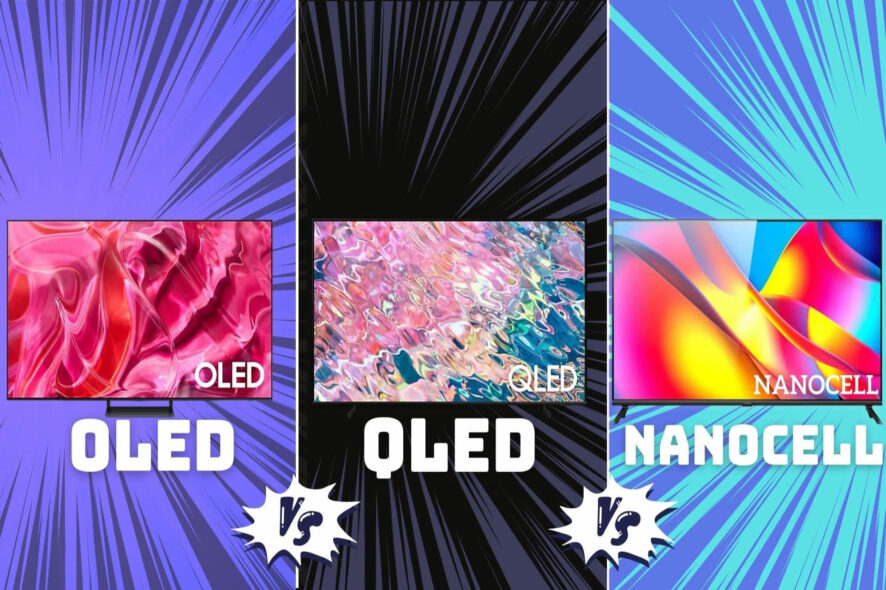
While searching for the perfect TV for your home, you will come across buzzwords like NanoCell, OLED, and QLED each promising the ultimate viewing experience.
So, the question is: Should you really pay for the type of LED screen, or is it just marketing hype?
In this comprehensive guide, I will walk you through the difference between NanoCell, OLED, and QLED technologies, covering their strengths and weaknesses so you can decide what display will power your next TV.
What’s the difference between OLED, QLED, and NanoCell?
Before I jump to the detailed comparison, here’s a quick overview of OLED vs QLED vs NanoCell:
| Feature | OLED | QLED | NanoCell |
|---|---|---|---|
| Panel Technology | Organic Light-Emitting Diode | Quantum Dot Light-Emitting Diode | LED LCD with nanoparticles |
| Backlight | Self-illuminating pixels | Required | Required |
| Contrast Ratio | 1,000,000:1 or higher | Very high (10,000:1+) | 1000:1 but can go higher with FALD technology |
| Brightness | 500 to 1500 nits | 1000 to 2000 nits on average | 300 to 500 nits |
| Color Accuracy | Excellent, wide color gamut | Excellent, wide color gamut | Good, but not as good as OLED or QLED |
| Viewing Angles | Best, perfect from any angle | Good | Good, but backlight may affect some angles |
| Motion Handling | Excellent, near-instantaneous response | Good, but some motion blur is possible | Good, but some motion blur possible |
| Response Time | <0.1 milliseconds | 1-5 milliseconds | 5-8 milliseconds |
| Burn-In Risk | Yes, but reduced risk in recent models | No | No |
| Price | Most expensive | More affordable than OLED | Most affordable |
| Energy Efficiency | Most energy-efficient | More energy-efficient than traditional LCD | Similar to QLED |
Now, let’s dive deep into each display technology, by which eventually, you can decide what will be the best choice for your use.
1. OLED – The pinnacle of picture quality
The OLED display technology is known for its infinite color contrast and that’s one of the key selling features of this technology.
OLED reads for Organic Light-Emitting Diode and as the name suggests, every pixel is made up of organic material which is carbon-based so when you apply electricity, it emits light.
But it does two things differently than the competition, making it the first choice in smartphone displays:
- Each pixel emits light individually.
- Pixels are turned off to show the deep black, saving energy and showing the deepest black possible.
Heard of AMOLED displays in Samsung phones? Yes, it’s the same tech with little advancement.
If you are planning to buy a smart OLED TV, then you may want to invest in the smart remote with the keyboard, as typing over a physical keyboard is a quick and enjoyable experience.
Now, let’s take a look at some pros and cons of the OLED display so you can decide if you should pay more for the OLED tech or not (yes, it is the most expensive one).
- Pros
- Infinite contrast
- Vibrant and accurate colors
- Wide viewing angles (even from extreme angles)
- Energy efficient
- Cons
- Susceptible to burn-in
- Flickering on low brightness
- Expensive
- Shoter lifespan
2. QLED – Quantum dots and brightness brilliance
The QLED (Quantum dot Light Emitting Display) uses a very unique approach to produce accurate and vibrant colors. Yes, you guess it right. It uses quantum dot technology to project images.
QLED displays are somewhat similar to the good old LCDs but use a layer of quantum dots placed between the backlight and the liquid crystal panel. This way, whenever the backlight shines through the quantum dots, the dots absorb specific wavelengths of light and then emit light of a different color.
By following this approach, QLED displays can produce much more accurate and vibrant colors than a traditional LED display.
Now, let’s discuss some pros and cons of the QLED display.
- Pros
- Brighter than OLED
- High contrast
- No Burn-in risk
- Longer lifespan than OLED
- Cheaper then OLED
- Cons
- Contrast lower than OLED
- Little thicker than OLED
You will find the most QLED option under LG’s name, and it is worth noting that it comes with WebOS, not Android so before purchasing one, make sure you know through our detailed guide on WebOS vs Android TV: Which is Better?
3. NanoCell – The power of nanoparticles
While the term NanoCell sounds like something out of this universe, it is the simplest display technology as compared to the traditional LED displays, the addition of a layer of nanometer-sized particles (nanoparticles) applied to the display.
So, the added nanoparticles act as a filter to enhance color purity and accuracy.
The best part of the NanoCell display is the price. It is the cheapest among the 3 and still, you have no burn-in risk like you have with the OLED.
Now, let’s take a look at the pros and cons of the NanoCell to know if it is a perfect fit to power your next TV or not.
- Pros
- Chper then OLED and QLED
- No burn-in risk
- Cons
- Lower contrast than QLED and OLED
- Backlight dependent
- Thicker and heavier
Which one to choose?
Remember, when buying a TV, you are buying an experience, not a spec sheet.
In my opinion, the QLED is the perfect balance between price and performance but buying a TV is a long-term investment as you won’t be changing your TV every year, so visiting the offline store is highly recommended.
Another thing to note is if you already have a modern 4K display but have poor picture quality, then you can fix the blurry issues in your 4K TV which is what I’d recommend before you purchase a new one.
Personally, I’ve been using a Samsung TV powered by NanoCell display for the last 5 years and I have no complaints whatsoever.
So, pay attention to experience and budget and then make a smart move. Which one will you choose? Let’s discuss this in the comments section below.
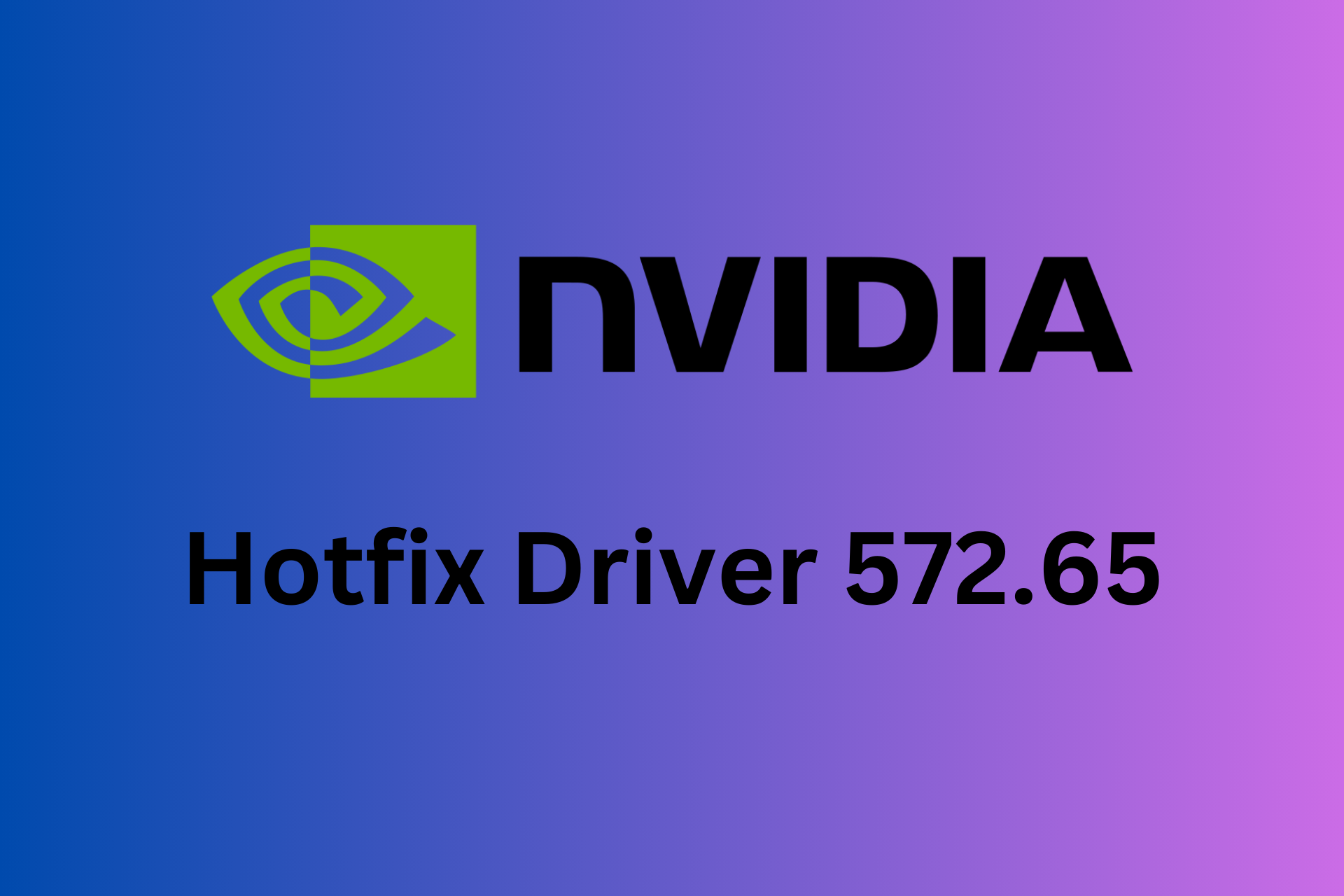

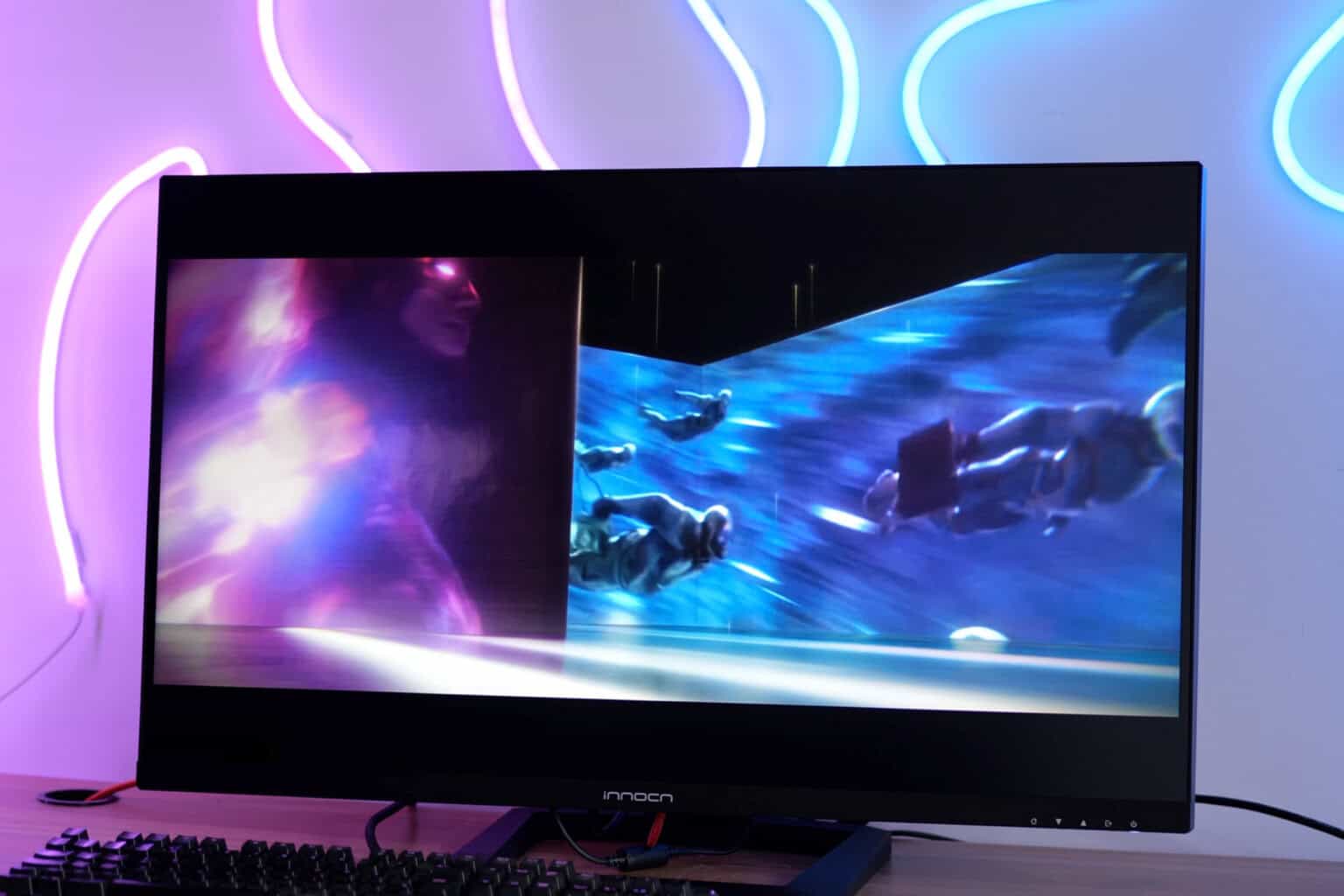
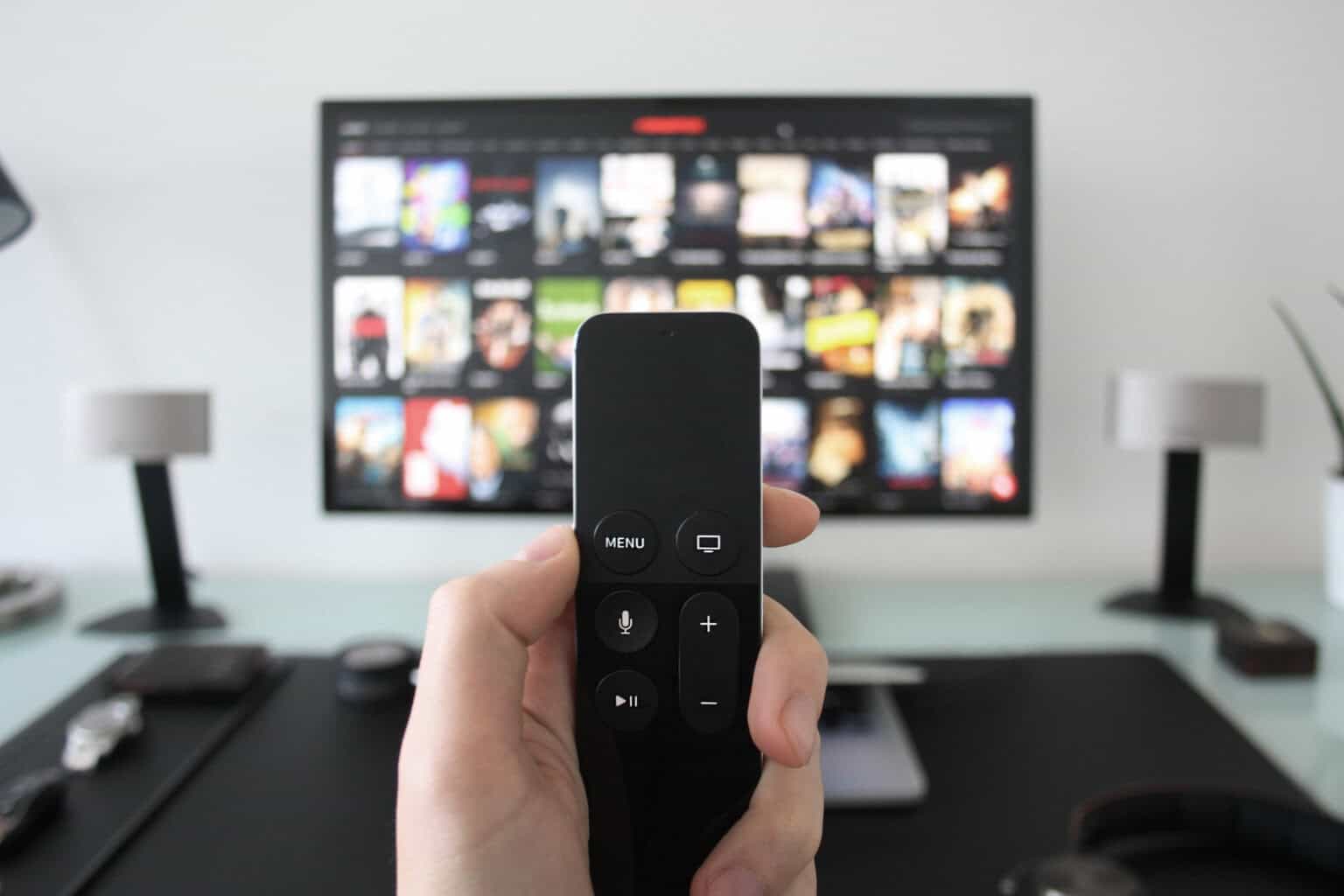
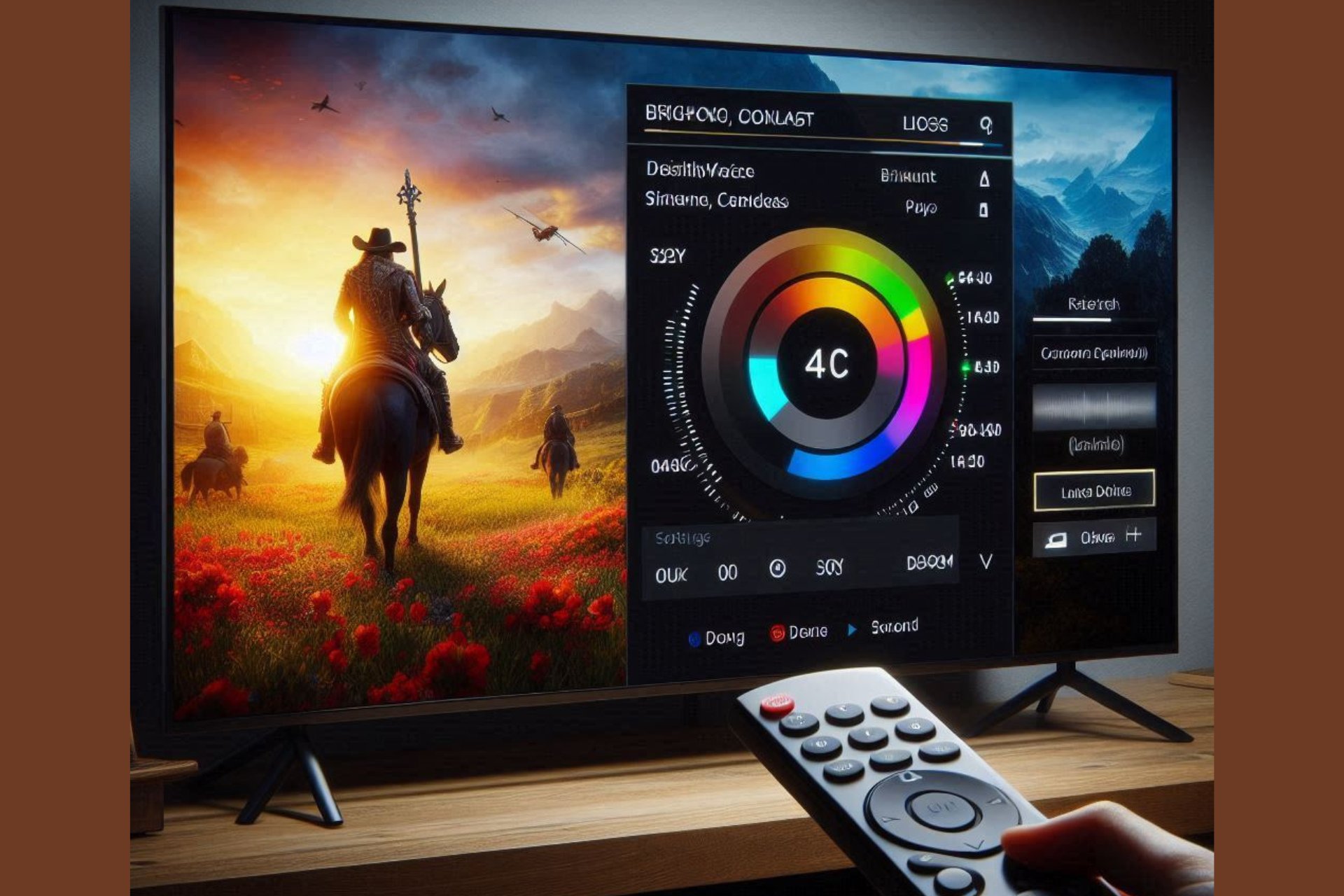

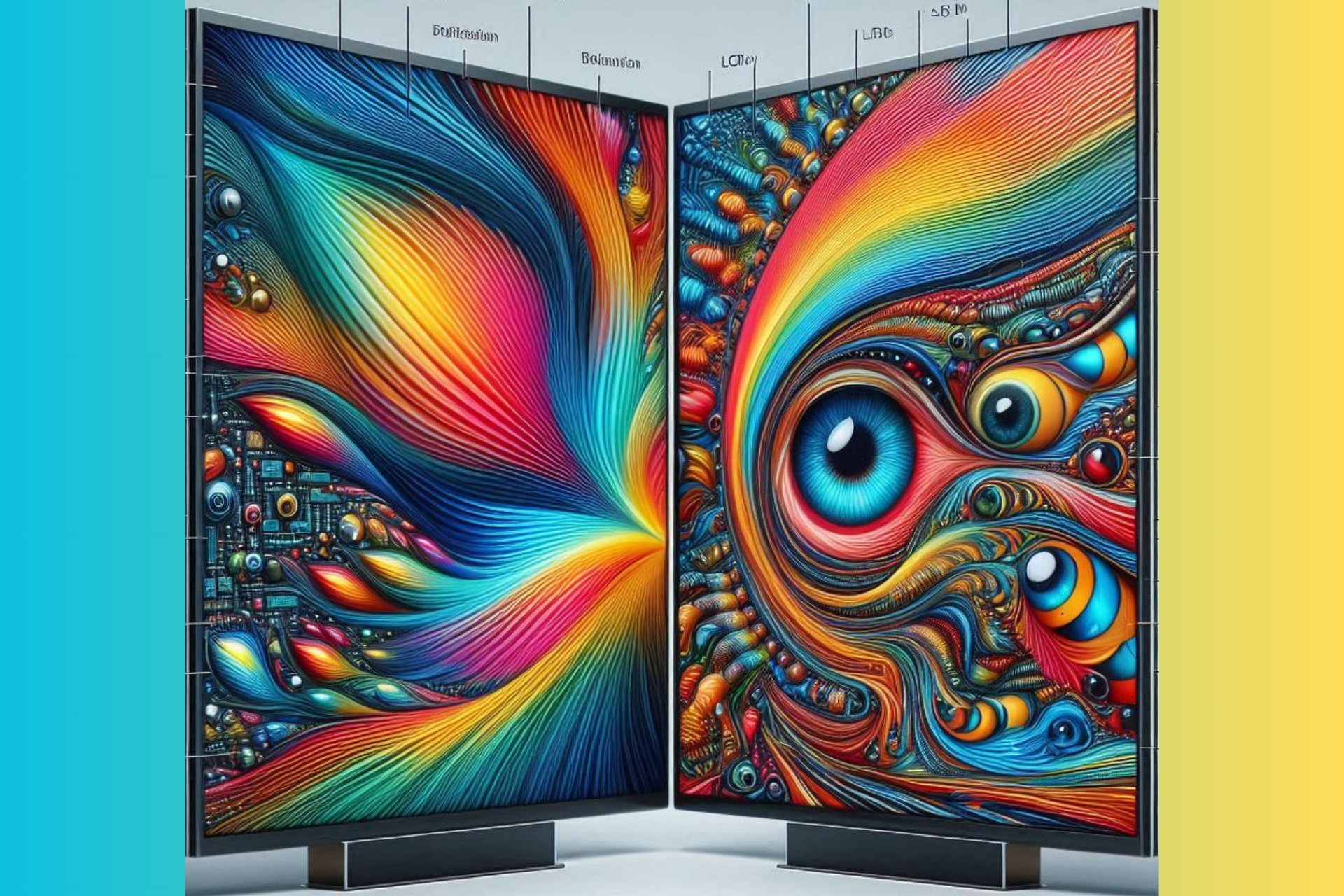
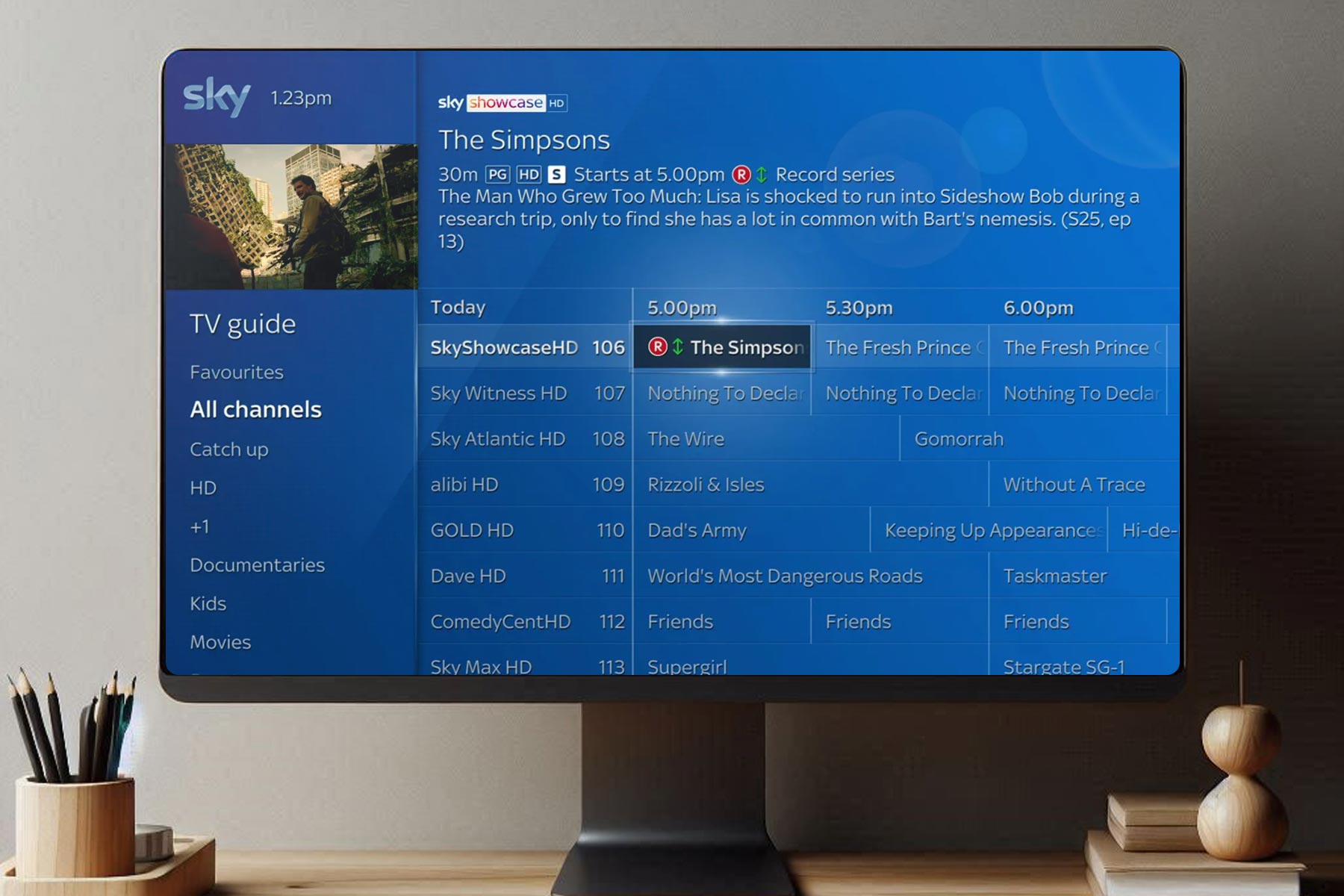

User forum
0 messages